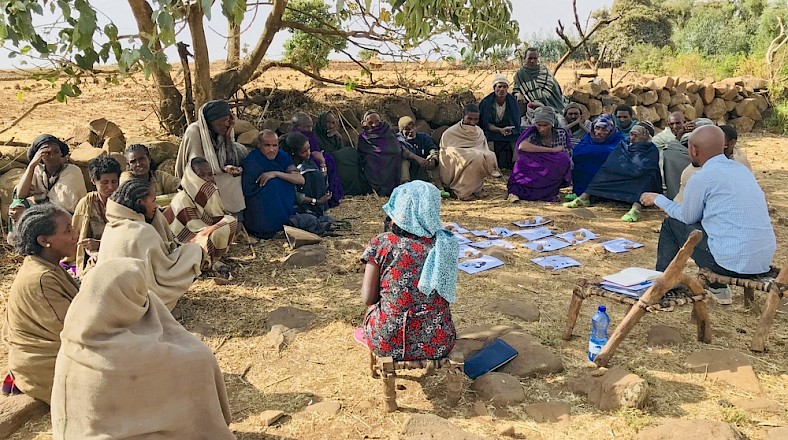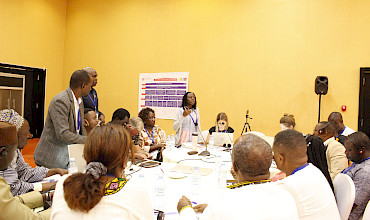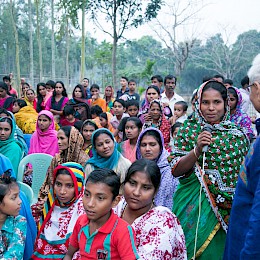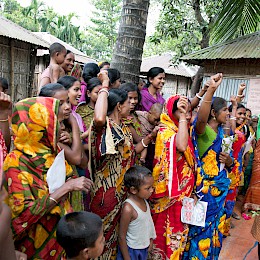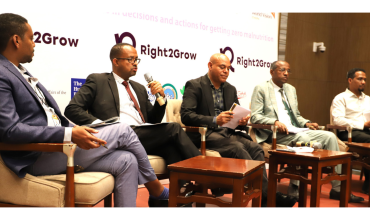
The world already knows a lot about concrete ways to improve nutrition – for example with the essential nutrition actions. However, Right2Grow thinks that these ‘off-the-shelf’ solutions must take in to account the barriers and opportunities inherent to a specific context so that uptake and impact of standard interventions are higher. Therefore, Right2Grow puts the communities, especially women and youth, who are the primary knowledge holders of local realities in the centre of its research and data collection. The Nutrition Causal Analysis (Link NCA methodology), developed by Action Against Hunger is a good example of this.
Analysing multiple causes of undernutrition
The Link NCA is a method for analysing the multiple causes and mechanisms leading to undernutrition as a starting point for improving the relevance and effectiveness of multisectoral (WASH, health, food security, mental health, and care practices) nutrition security programming in each context. Since the causes of undernutrition often differ from one location to another, the purpose of this method is to go beyond generic interventions by identifying context-specific causes of nutritional status and propose the right solutions.
The Link NCA identifies the unique factors contributing to the community’s nutritional vulnerability
Engaging communities in data collection and analysis
The crucial step in the process involves community-level data collection. This explores the specific local context, the challenges vulnerable and marginalised groups are facing, and unique factors that are contributing to the community’s nutritional vulnerability. All data collection at the community level includes a interviews and dialogues focused on:
- Understanding how communities define and perceive undernutrition;
- Exploring communities’ perceptions of the causes and consequences of poor food security, WASH, health, and care in relation to undernutrition;
- Identifying seasonal and historical trends of undernutrition and risk factors;
- Understanding how communities prioritise these risk factors.
Mixing qualitative and quantitative research methods
The Link NCA uses a mixed-methods approach, combining both qualitative and quantitative research methods, and draws conclusions from a synthesis of results. It relies on data from surveys to the levels of undernutrition and the possible causes, including WASH-related ones. Qualitative research methods are used to address questions regarding how and why undernutrition occurs, as well as to consider the interactions between causes, common feedback loops, and the evolution of the causes through time, seasons, and following shocks. The information generated from multiple data sources is compared and brought together to reach a final conclusion about the causes of undernutrition and propose better actions and policies.
Right2Grow empowers communities
Besides data collection, Right2Grow involves local communities in expressing their opinions and perceptions on data gathered and encourages them to formulate key questions and validate/characterise answers to learning questions. This is done by organising focus group discussions in the communities, ensuring that women and marginalised groups have their say in reviewing and interpreting data, and jointly formulating recommendations on how to improve service delivery and further adapt it to specific local needs.
Back to overview